Customer Due Diligence (CDD) is a critical process for financial institutions, designed to prevent money laundering, terrorist financing, and other financial crimes. By implementing robust CDD protocols, institutions can not only comply with regulatory requirements but also enhance their overall risk management frameworks.
This guide will delve into the intricacies of CDD, exploring key components, regulatory expectations, challenges, and best practices for implementation. For financial institutions aiming to refine their CDD processes as part of a strong Bank Secrecy Act (BSA) Compliance program,, understanding the nuances of these regulations is crucial.
What is Customer Due Diligence (CDD)?
Customer Due Diligence (CDD) refers to the practices and procedures that financial institutions must implement to verify the identities of their customers, assess the associated risks, and monitor transactions for suspicious activity. CDD is mandated under the CDD Rule, which was issued by the Financial Crimes Enforcement Network (FinCEN) as part of a broader effort to combat financial crimes.
Key Components of CDD:
- Identification and Verification: Financial institutions must collect and verify information about their customers, including beneficial owners of entities.
- Risk Assessment: Assessing the risk levels associated with each customer is essential to determine the appropriate level of due diligence.
- Ongoing Monitoring: Continuous monitoring of transactions and customer information is required to detect and respond to suspicious activities.
.webp)
The Importance of Customer Due Diligence
The implementation of Customer Due Diligence is not just a regulatory requirement; it is a fundamental component of an effective Anti-Money Laundering (AML) program. By ensuring that customer identities are verified and that their activities are monitored, financial institutions can mitigate the risks of being used as conduits for illicit activities.
Why CDD Matters:
- Regulatory Compliance: Compliance with CDD regulations is mandatory for financial institutions and helps avoid hefty fines and legal repercussions.
- Risk Management: CDD is a proactive measure that helps institutions manage the risks associated with money laundering and terrorist financing.
- Reputation Management: Implementing robust CDD processes enhances an institution’s reputation by demonstrating a commitment to ethical practices and legal compliance.
Regulatory Framework Governing Customer Due Diligence (CDD)
The CDD Rule is a central piece of the regulatory framework that governs Customer Due Diligence practices in the United States. Issued by FinCEN in 2016, the rule requires financial institutions to identify and verify the identities of the beneficial owners of legal entity customers, understand the nature and purpose of customer relationships, and conduct ongoing monitoring.
Key Regulatory Requirements:
- FinCEN’s CDD Final Rule: Mandates the identification of beneficial owners and the ongoing monitoring of customer relationships.
- FFIEC Guidelines: The Federal Financial Institutions Examination Council (FFIEC) provides additional guidelines and examination procedures to ensure that institutions comply with CDD requirements.
To ensure compliance with the CDD Rule, financial institutions must align their processes with the latest regulatory standards. This alignment is crucial for maintaining the integrity of the institution’s AML program.
Compliance with these standards is not just about meeting regulatory requirements—it is also about protecting the institution from the risks associated with financial crimes. By aligning their CDD processes with the latest regulatory standards, institutions can ensure that they are well-prepared to detect and prevent illicit activities.
CDD Requirements for Financial Institutions
Customer Due Diligence (CDD) Rule Collection Requirements
The CDD Rule specifies that financial institutions must collect enough information to understand the nature and purpose of customer relationships. However, the rule does not prescribe specific data points or screening methods, allowing institutions to tailor their CDD processes based on risk.
.webp)
The CDD Rule does not categorically require
- The collection of any particular customer due diligence information (other than that required to develop a customer risk profile, conduct monitoring, and collect beneficial ownership information);
- The performance of media searches or particular screenings; or
- The collection of customer information from a financial institution’s clients when the financial institution is a customer of a covered financial institution.
A covered financial institution may assess, on the basis of risk, that a customer’s risk profile is low, and that, accordingly, additional information is not necessary for the covered financial institution to develop its understanding of the nature and purpose of the customer relationship.
In other circumstances, the covered financial institution might assess, on the basis of risk, that a customer presents a higher risk profile and, accordingly, collect more information to better understand the customer relationship.
Covered financial institutions must establish policies, procedures, and processes for determining whether and when, on the basis of risk, to update customer information to ensure that customer information is current and accurate. Information collected throughout the relationship is critical in understanding the customer’s transactions in order to assist the financial institution in determining when transactions are potentially suspicious.
Customer Due Diligence (CDD) Risk Profile Requirements
Creating a comprehensive customer risk profile is essential for effective CDD. This involves evaluating the risks associated with each customer and tailoring the due diligence process accordingly.
It is not a requirement that covered financial institutions use a specific method or categorization to establish a customer risk profile. Further, covered financial institutions are not required or expected to automatically categorize as “high risk” products or customer types listed in government publications.
Elements of a Customer Risk Profile:
- Risk Categorization: Financial institutions should categorize customers based on risk factors such as geographic location, type of business, and transaction patterns.
- Tailored Due Diligence: The level of due diligence should correspond to the customer’s risk profile, with more stringent checks for higher-risk customers.
Various government publications provide information and discussions on certain products, services, customers, and geographic locations that present unique challenges and exposures regarding illicit financial activity risks. However, even within the same risk category, a spectrum of risks may be identifiable and due diligence measures may vary on a case-by-case basis.
A covered financial institution should have an understanding of the money laundering, terrorist financing, and other financial crime risks of its customers to develop the customer risk profile. Furthermore, the financial institution’s program for determining customer risk profiles should be sufficiently detailed to distinguish between significant variations in the risks of its customers. There are no prescribed risk profile categories, and the number and detail of these categories can vary.
Customer Due Diligence (CDD) Ongoing Monitoring Requirements
There is no categorical requirement that financial institutions update customer information on a continuous or periodic schedule. The requirement to update customer information is risk based and occurs as a result of normal monitoring. Should the financial institution become aware as a result of its ongoing monitoring of a change in customer information (including beneficial ownership information) that is relevant to assessing the risk posed by the customer, the financial institution must update the customer information accordingly.
Additionally, if this customer information is relevant to assessing the risk of a customer relationship, then the financial institution should reassess the customer risk profile/rating and follow established financial institutions policies, procedures, and processes for maintaining or changing the customer risk profile/rating. However, financial institutions, on the basis of risk, may choose to review customer information on a regular or periodic basis.
This process is driven by the institution’s ongoing risk assessment and any changes in a customer’s profile.
- Trigger-Based Updates: Institutions should update customer information when monitoring activities indicate significant changes in risk.
- Continuous Monitoring: Regular monitoring helps detect suspicious activities and ensures that customer profiles remain accurate.
The ongoing monitoring process is essential for identifying and responding to changes in customer behavior that could indicate increased risk. By maintaining up-to-date customer information and regularly reviewing risk profiles, financial institutions can ensure that their CDD processes remain effective and compliant with regulatory standards.
%201%20(1).svg)
%201.svg)
THE GOLD STANDARD INCybersecurity and Regulatory Compliance
Customer Due Diligence Process and Implementation
The Customer Due Diligence Process: A Step-by-Step Approach
The customer due diligence process is a structured approach that financial institutions must follow to meet regulatory requirements and mitigate risks associated with their customers. This process involves several key steps, each designed to ensure that institutions have a thorough understanding of their customers and the potential risks they pose.
Example Steps in the CDD Process:
- Customer Identification: Collecting basic information about the customer, such as name, address, and date of birth.
- Verification of Identity: Verifying the accuracy of the information provided by the customer through reliable and independent sources.
- Risk Assessment: Evaluating the customer’s risk level based on factors such as business type, geographic location, and transaction history.
- Ongoing Monitoring: Continuously monitoring the customer’s activities to detect any suspicious behavior or changes in risk profile.
- Updating Customer Information: Regularly reviewing and updating the customer’s information to ensure it remains accurate and complete.
Challenges in CDD Implementation
Implementing an effective Customer Due Diligence process is not without its challenges. Financial institutions often struggle with data collection, regulatory compliance, and maintaining accurate risk assessments.
.webp)
Common Challenges:
- Data Collection and Management: Gathering and managing customer data can be complex, especially for institutions with diverse and extensive customer bases.
- Regulatory Compliance: Keeping up with evolving CDD regulations requires continuous updates to policies and procedures.
- Risk Assessment Accuracy: Ensuring that customer risk assessments are accurate and reflect the most recent information is critical to preventing financial crimes.
The CDD process can be particularly challenging for institutions with a large number of customers, as the need to gather and verify information for each customer can be resource-intensive. Additionally, staying compliant with CDD regulations requires institutions to regularly update their processes and ensure that they are in line with the latest regulatory standards.
CDD Compliance: Ensuring Adherence to Regulatory Requirements
Maintaining CDD compliance is essential for financial institutions to avoid penalties and reputational damage while safeguarding against financial crimes. The complex and evolving nature of CDD regulations requires institutions to implement a comprehensive compliance framework that addresses all aspects of the CDD process, from customer onboarding to ongoing monitoring.
To ensure your CDD processes are fully compliant with regulatory requirements and minimize the risk of financial crimes, it is best to partner with a professional firm like NETBankAudit. NETBankAudit offers assessments, testing and monitoring with a value-add consulting approach that enables you to have the perspective of decades of expertise.
Strategies for Ensuring CDD Compliance:
- Regular Policy Reviews: Institutions should regularly review and update their CDD policies and procedures to ensure they align with the latest regulatory requirements. This includes revising customer risk assessment criteria, updating customer information requirements, and refining monitoring processes.
- Internal Audits and Assessments: Conducting regular internal audits and assessments of CDD processes can help identify gaps in compliance and areas for improvement. These assessments should be thorough and consider all elements of the CDD process, including data collection, risk assessment, and transaction monitoring.
- Training and Awareness Programs: Continuous training for employees on the latest CDD regulations and best practices is critical for maintaining compliance. Institutions should provide regular training sessions and ensure that all relevant staff members understand their roles and responsibilities in the CDD process.
- Utilizing Compliance Technology: Leveraging compliance technology solutions can enhance the efficiency and effectiveness of CDD processes. These tools can automate data collection, streamline risk assessments, and improve transaction monitoring, reducing the risk of human error and ensuring that compliance requirements are met.
- Engagement with Regulatory Authorities: Regular communication with regulatory authorities can help institutions stay informed about regulatory changes and expectations. This engagement also allows institutions to clarify any uncertainties about CDD requirements and seek guidance on best practices.
Future Trends in Customer Due Diligence
As financial crimes continue to evolve, so too must the strategies and tools used to combat them. The future of Customer Due Diligence (CDD) will likely see increased integration of advanced technology, more stringent regulatory requirements, and a greater emphasis on global collaboration among financial institutions. These emerging trends are essential for institutions to stay ahead of financial crime and ensure that their CDD processes remain robust and compliant.
Emerging Trends in CDD:
- Increased Regulatory Scrutiny: Regulatory bodies are expected to impose more rigorous enforcement of CDD regulations as part of a broader effort to combat financial crimes. Financial institutions must be prepared for more frequent and detailed examinations, requiring them to continuously enhance their CDD processes to meet the latest standards.
- Global Collaboration: Financial crimes, particularly money laundering and terrorist financing, often involve cross-border transactions. As a result, there will be a growing need for international collaboration among financial institutions and regulatory bodies. Institutions will need to share information and best practices across borders to effectively combat global financial crimes.
- Enhanced Technology Adoption: The adoption of artificial intelligence (AI), blockchain technology, and other advanced tools is expected to grow, offering new ways to improve the CDD process. AI can help institutions analyze large volumes of data more efficiently, while blockchain technology can enhance the transparency and traceability of transactions, making it easier to identify and prevent suspicious activities.
- Focus on Beneficial Ownership Transparency: There is an increasing demand for transparency in the identification of beneficial owners, particularly in complex corporate structures. Financial institutions will need to strengthen their efforts to identify and verify beneficial ownership information as part of their CDD process, ensuring that they have a clear understanding of who ultimately controls and benefits from a legal entity.
- Integration of Environmental, Social, and Governance (ESG) Factors: As ESG considerations become more prominent in the financial sector, institutions may need to incorporate ESG factors into their CDD processes. This could involve assessing the environmental and social risks associated with certain customers or sectors and ensuring that the institution’s business practices align with its ESG commitments.
By staying informed about these emerging trends and proactively adapting their CDD processes, financial institutions can better protect themselves against financial crimes and ensure long-term compliance with evolving regulatory requirements.
Partner with NETBankAudit for Customer Due Diligence (CDD) Assessments and Monitoring
Customer Due Diligence is an essential component of any financial institution’s anti-money laundering strategy. By implementing robust CDD processes, institutions can not only comply with regulatory requirements but also protect themselves from the risks associated with financial crimes. As the regulatory landscape continues to evolve, staying ahead of the curve with best practices, technological innovations, and emerging trends will be key to maintaining compliance and ensuring the integrity of the financial system.
NETBankAudit offers comprehensive services to assist institutions in implementing and validating their CDD processes, ensuring they meet the highest standards of regulatory compliance. Our expertise in CDD due diligence, risk assessment, and compliance technology solutions can help your institution stay compliant and secure.
Contact us today to learn more about how we can support your institution’s CDD efforts.
.avif)

.svg)
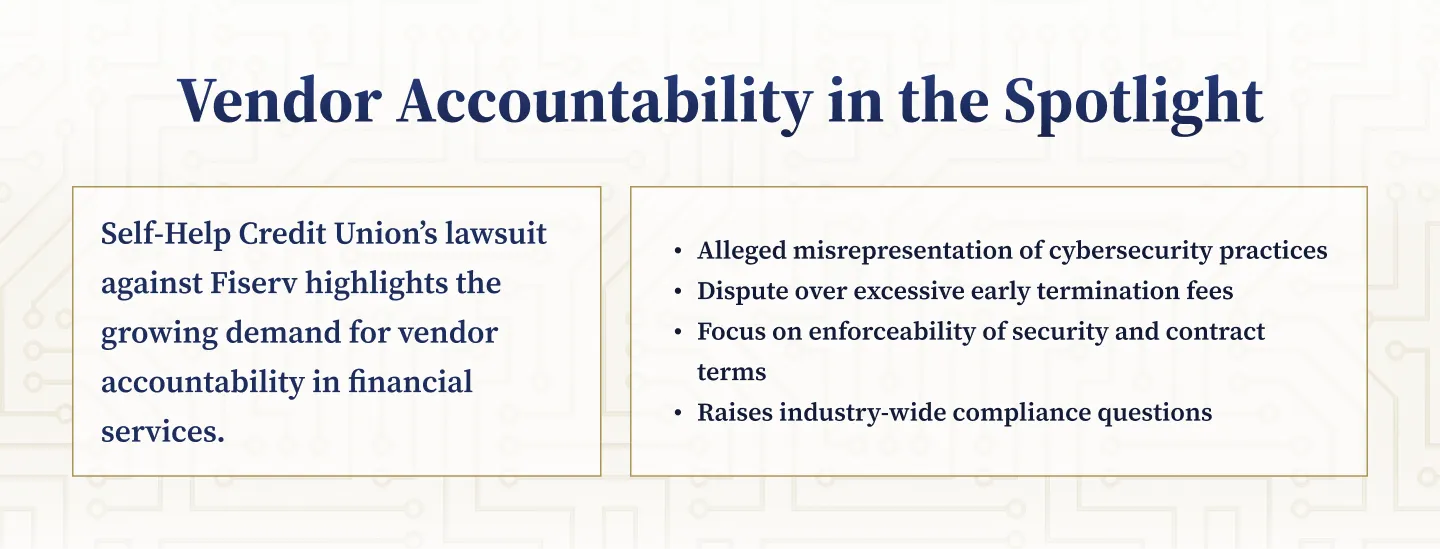
.webp)

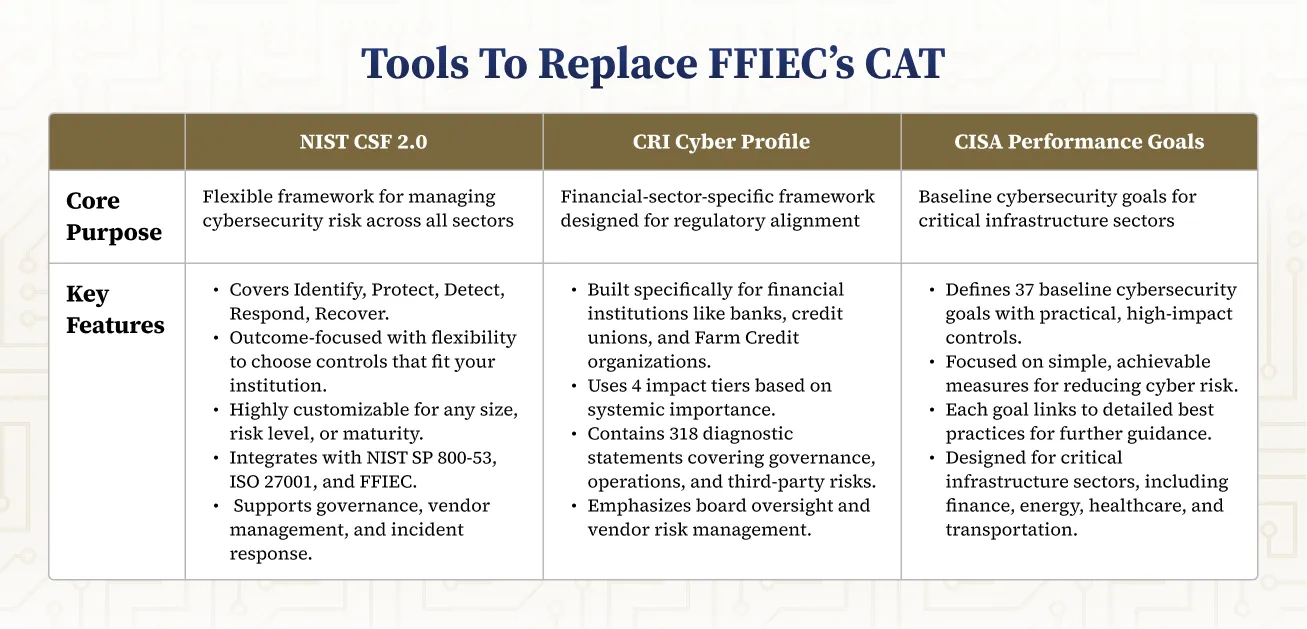
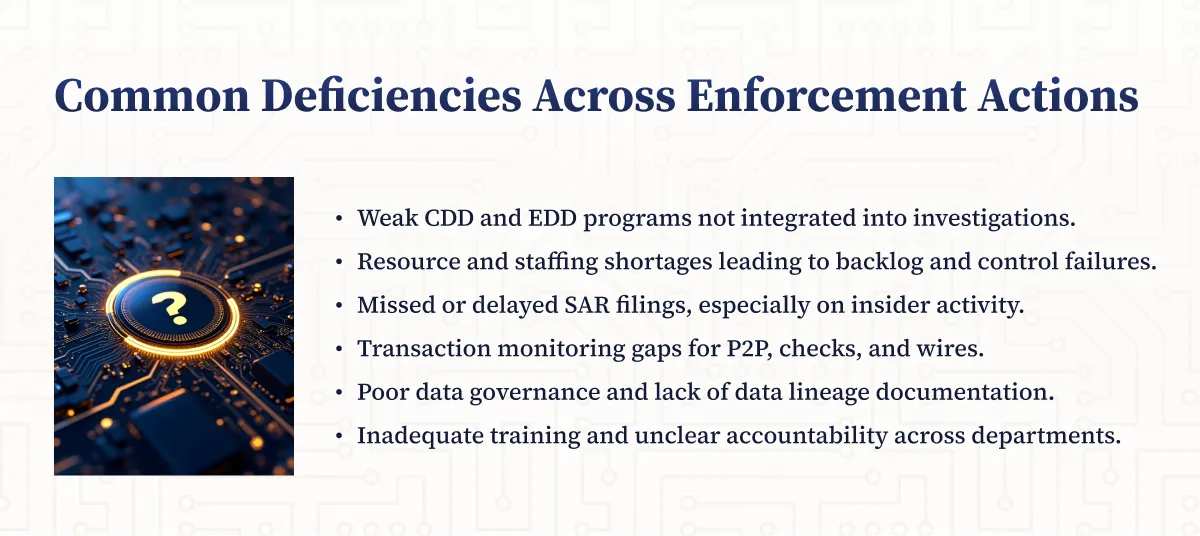
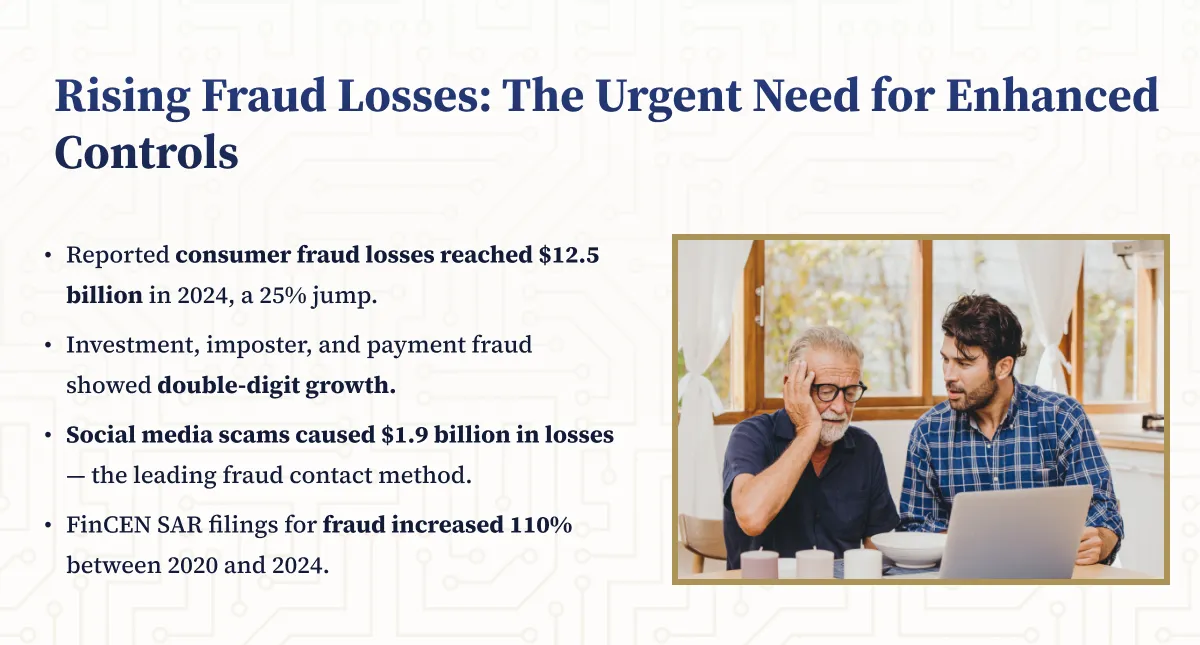
.webp)
.png)
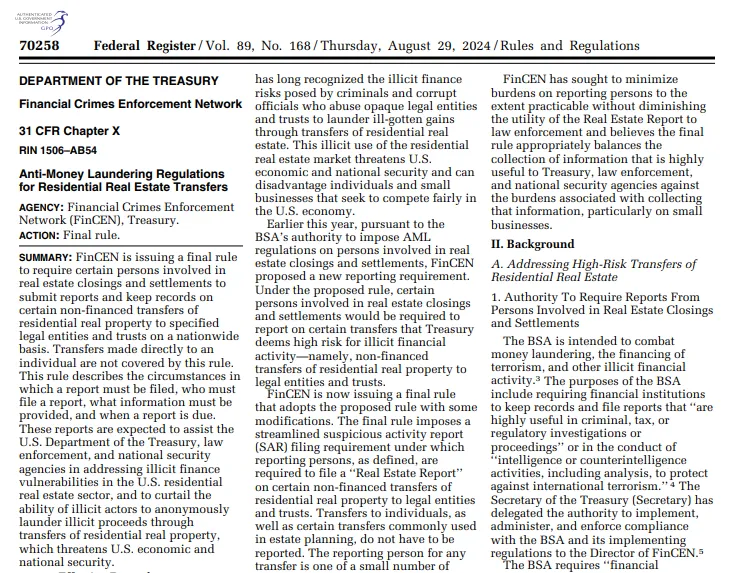
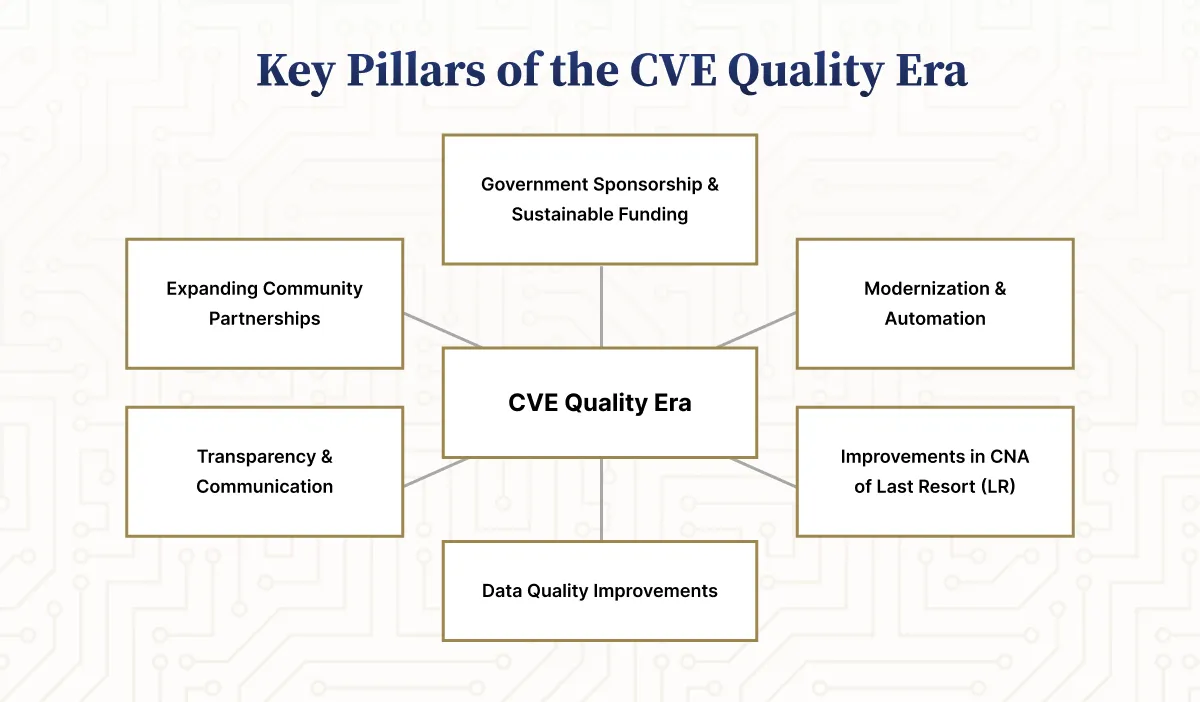
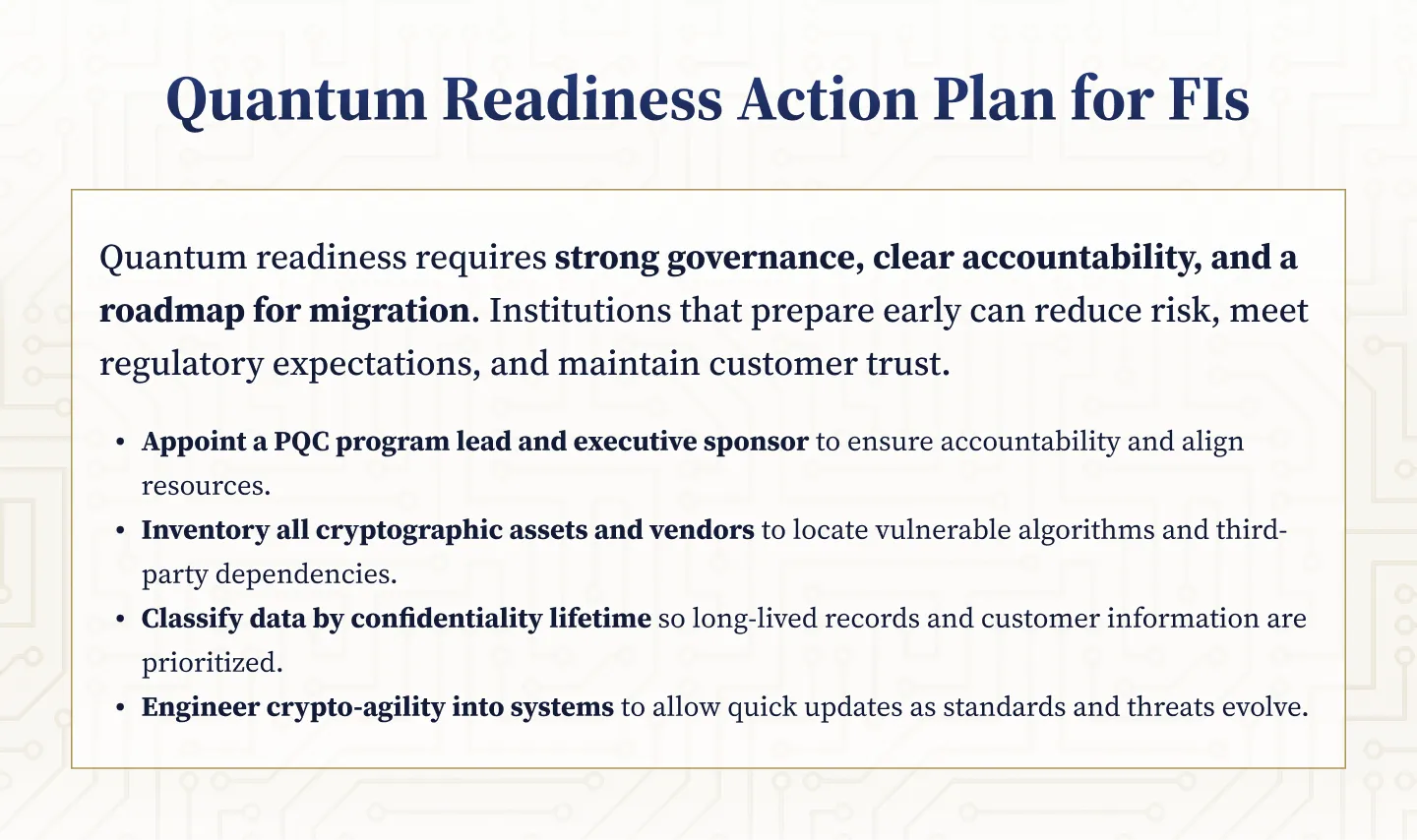
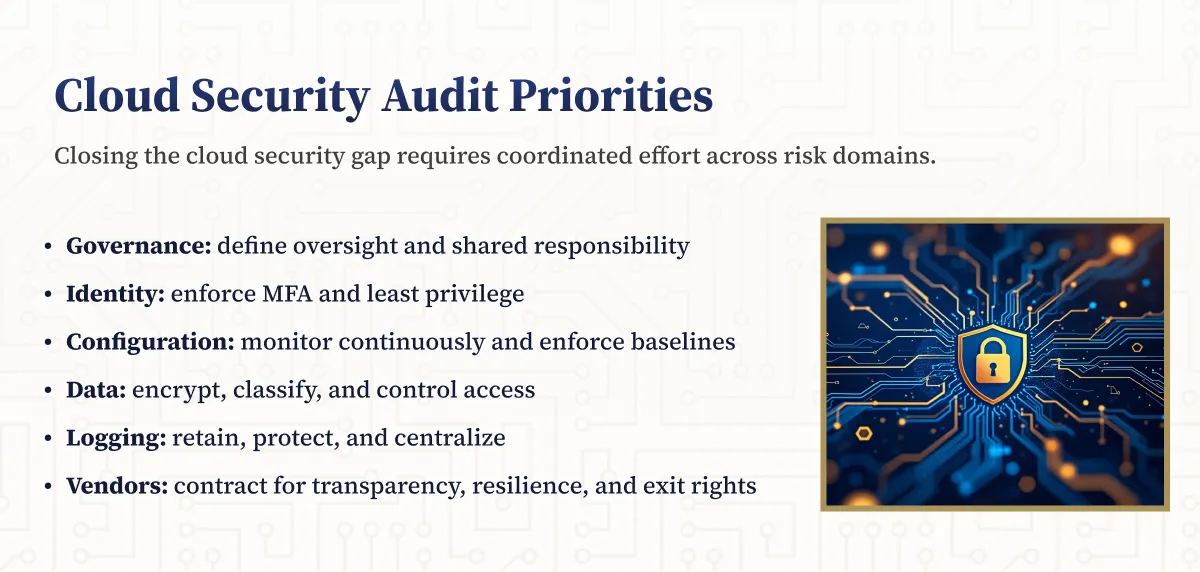
.webp)

.webp)
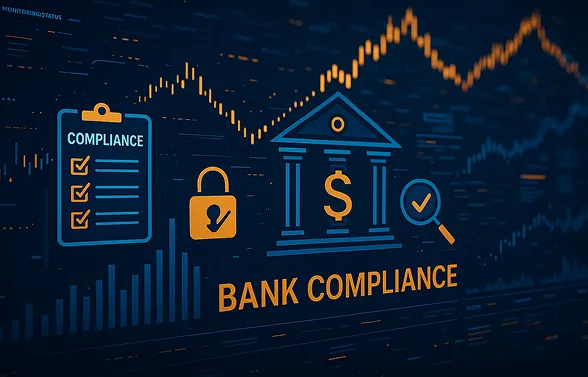










.webp)



.webp)

%201.webp)
.webp)
%20(3).webp)


.webp)


%20Works.webp)


.webp)




.webp)
%20(1).webp)

.webp)










.webp)
.webp)

.webp)
.webp)
.webp)
.webp)
.webp)
.webp)
%201.svg)